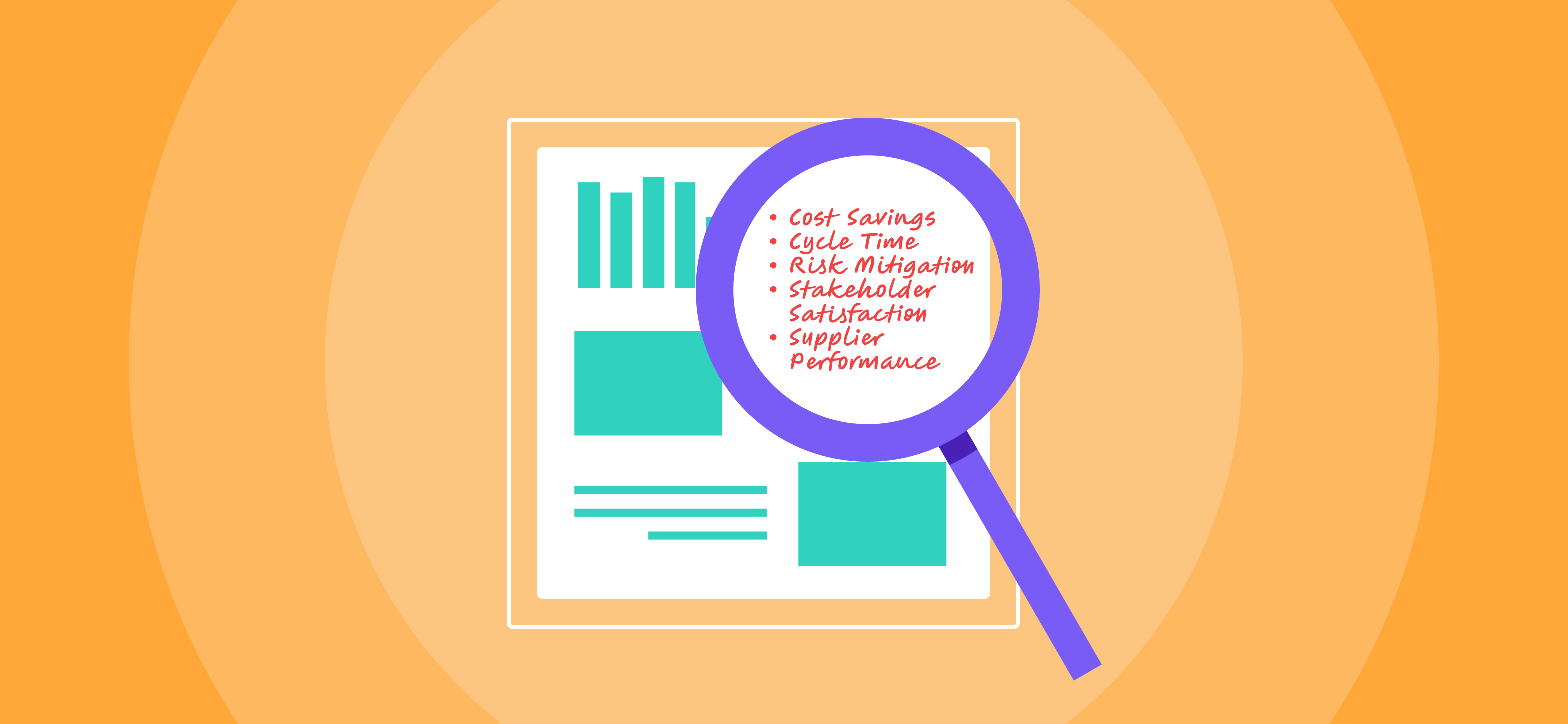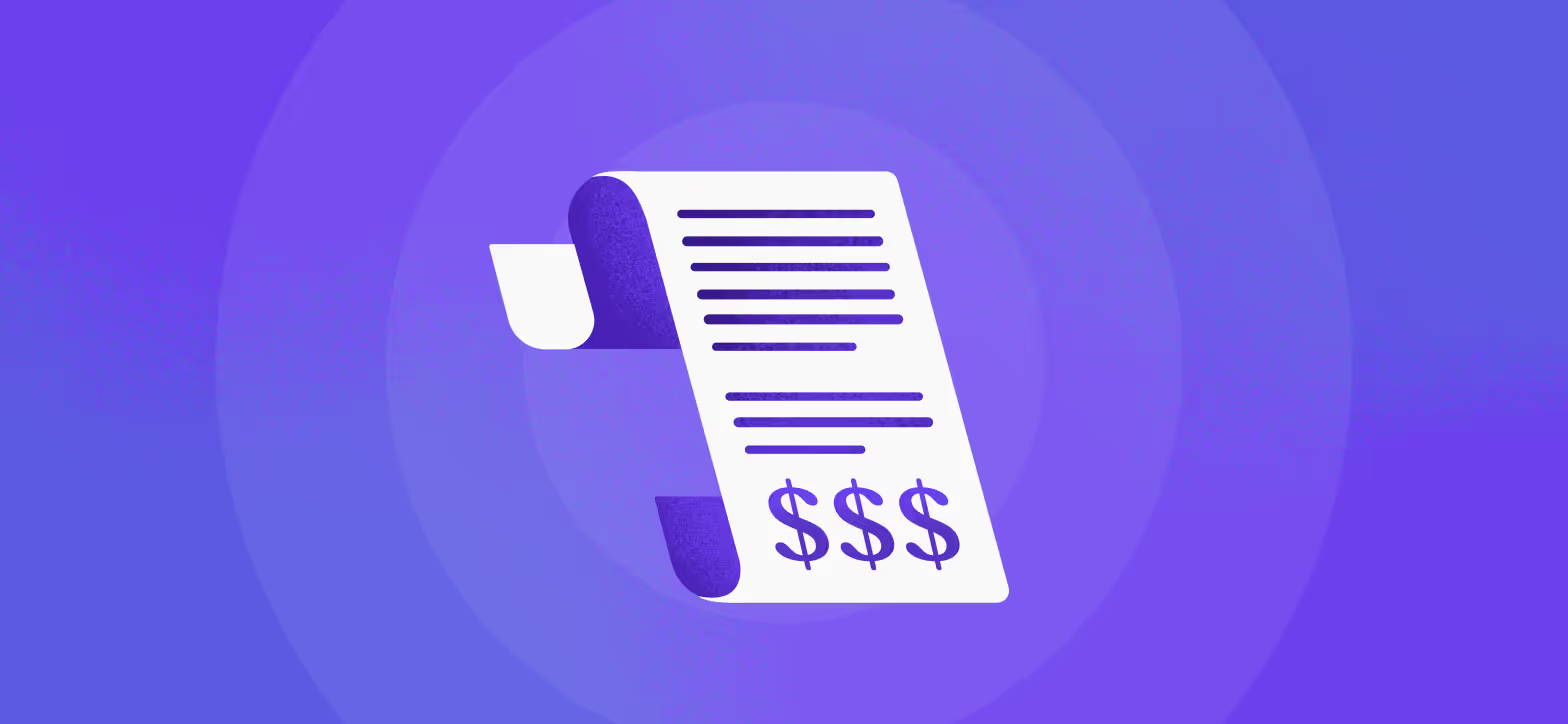The beauty of SaaS is that you can build an initial tech stack with almost no budget. Many tools start only a few dollars a month or have free tiers for small numbers of users. But as your business grows, so does the complexity of your tech stack—and its cost.
Getting rid of it isn’t an option: SaaS is mission-critical for businesses operating in today’s remote-friendly landscape. In and out of the office, SaaS tools manage everything from finances to customer support.
To keep spending under control, you need an efficient SaaS management plan.

Beware of SaaS Sprawl
Management is the only way to keep on top of your growing tech stack. Today’s companies use between 242 and 364 SaaS tools, and duplicate tools are common. Other tools languish unused in the background, quietly sucking money away each time a contract renews.
No company is immune to this “SaaS sprawl.” Poor communication between departments reduces visibility until nobody is sure what solutions are in place. Sorting through contracts to find out takes time and impacts productivity. If answers are easy to find, someone may purchase more tools or seats—as so the sprawl continues.
These costs can add up to significant losses for your company, especially when they come on top of the SaaS price increases that come with onboarding more customers and hiring new employees. It doesn’t take long to reach a point where you pay for far more than you need: a typical company overpays for SaaS by $700 to $1,200 per employee.
3 Steps to Smart SaaS Management
Getting SaaS sprawl under control is critical for your bottom line. Instead of waiting until your tech stack is an unwieldy mess, follow these steps to streamline SaaS usage, improve procurement, and create a reliable management process.
1) Conduct an Annual SaaS Audit
A yearly audit gives you an overview of all the SaaS tools your company pays for. Once you have the data, you can identify opportunities to cut costs.
To conduct your audit, survey your teams to learn what tools they use. Make a list of each platform’s name and function in a spreadsheet or database.
Next, scour your financial records, including employee credit card transactions. Take note of all SaaS charges, including tools your employees didn’t report. Team members may forget about the software they use infrequently, or they may no longer use tools that still have contracts in place. Add these tools to your list and, if necessary, research them to find out what they’re for.
Review contract information to finalize your expense list, and update your spreadsheet if you discover any additional tools.
When your audit is complete, you should know:
- What programs you’re using
- Which departments use those programs
- When contracts renew
- If you have duplicate programs or licenses
- If you pay for programs no one is using
- What your SaaS costs are per department
- What total SaaS costs are for the whole company
Use this information to identify tools with overlapping functions and places where you’re paying for unused seats. Determine if you have needs that your current tech stack isn’t covering. This will help you identify software to cancel, contracts to rightsize, and tools to purchase or replace.
2) Simplify Software Procurement
Optimizing SaaS procurement can help prevent further sprawl—and reduce costs by about 15%. Cutting spending this much can be a huge advantage since you can invest the savings in business growth and start to outpace competitors. The potential benefit is significant enough to make procurement a priority—not something you shunt to the back office and forget about until your next SaaS audit gives you a nasty shock.
Your plan doesn’t have to be complicated. Start with a dedicated team of people from within your company who are literate in the SaaS tools you use and need. Assigning all procurement responsibilities to this team eliminates the common problem of coordinating software purchases between decision-makers in multiple departments. A dedicated procurement team can also stay on top of the latest SaaS trends to identify new tools that offer improved functionality for less cost.
Ensure your procurement team understands your company’s goals, long-term vision, and SaaS budget so that they can zero in on tools that address specific problems and select vendors that provide the best value.
Sometimes value comes in the form of additional tools or features from vendors you’re already working with or new tools from vendors you’ve worked with previously. Create a centralized vendor database so the procurement team can easily find contact information, contract details, and usage data as they research solutions.
Because procurement can be a long and complex process, have your team document each step to create a repeatable framework. Make improvements to the process each time to streamline it for future purchases.
3) Create a Long-Term SaaS Management Plan
SaaS audits and procurement take a lot of time and resources, so going the DIY route doesn’t make sense for some businesses. If you can’t dedicate enough attention to both processes, something will inevitably fall through the cracks, and you’ll find yourself overpaying for software as the dreaded SaaS sprawl returns.
It can happen sooner than you think: Visibility on SaaS tools and licenses may start to suffer when you reach 50 employees. Third-party vendors like Tropic offer SaaS management and procurement services to restore visibility while saving you time and money.
With a SaaS management platform, you can see all your software usage information in one place—and it’s much more granular than what you learn from an audit. These platforms track individual and department SaaS use to give you a better understanding of how to rightsize your contracts.
A procurement partner can use this data to negotiate costs and contract renewals based on what your company actually needs. Tropic’s Assisted Purchasing option handles all communications for you and coordinates every step in signing new contracts or renewing existing deals. And if removing duplicate tools or cutting unused seats can save you money, Tropic can help you save up to 23% per year.
Whether you buy or DIY, you can’t ignore SaaS management. SaaS is a top-three line item for most companies, and managing SaaS spend will only get more critical as the landscape of modern work evolves. Don’t wait until sprawl gets out of control to invest in SaaS management and streamline your tech stack.
Related blogs
Discover why hundreds of companies choose Tropic to gain visibility and control of their spend.








